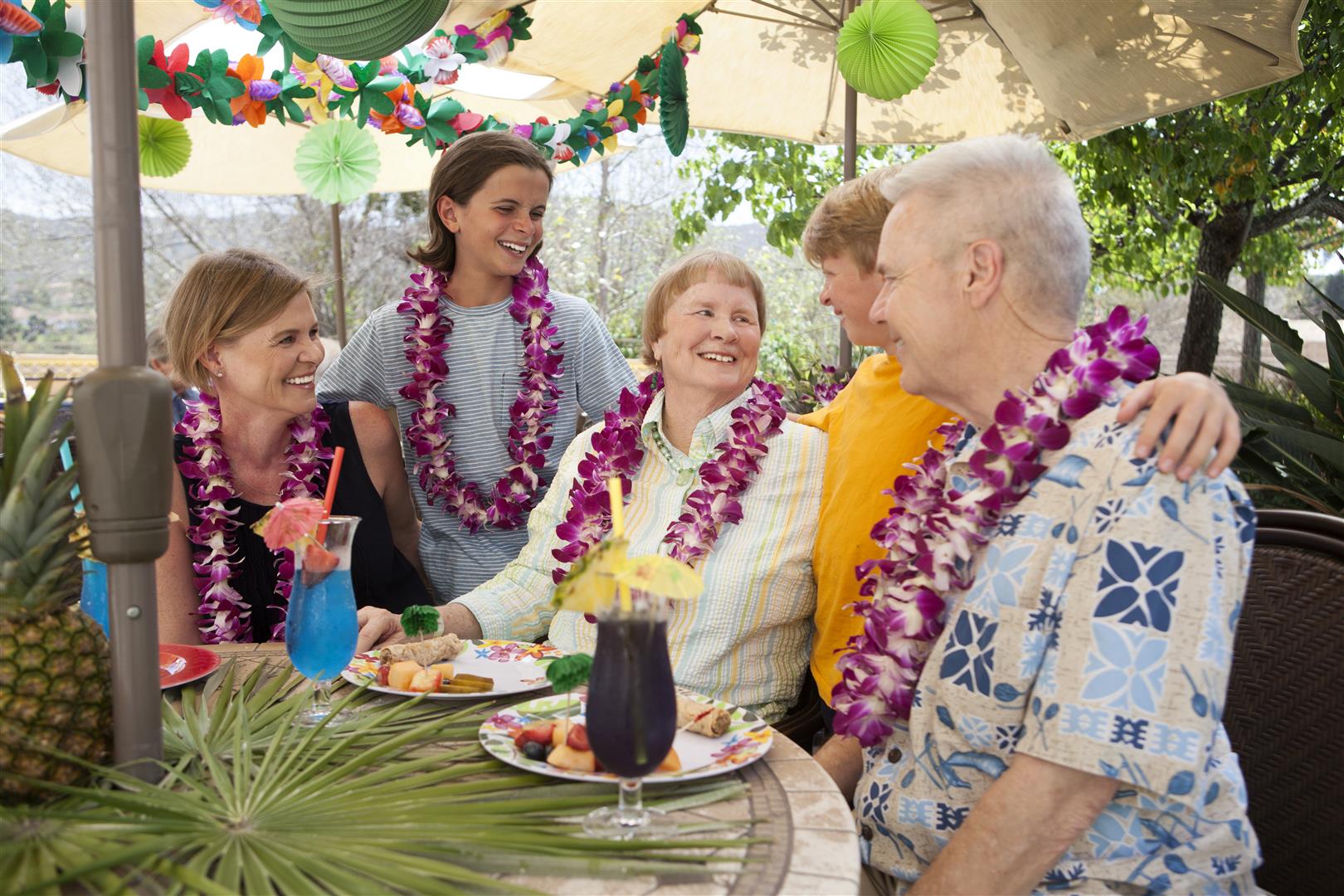July is UV Safety Month. Stay safe in the sun with these tips.
We’re in the midst of one of the hottest summers on record in the U.S., and it’s predicted that temperatures will only continue to rise. This extreme heat is a reminder to stay hydrated, but also to keep our skin healthy. For older adults, protecting the skin from harmful UV rays is especially important for preventing painful sunburns and skin cancer. More than 60 percent of melanoma deaths occur in people over the age of 65, putting seniors at an increased risk.
While you need to take time to protect yourself from too much sun exposure, you can continue to enjoy the outdoors this summer by taking a few simple precautions:
Educate Yourself on Skin Cancer Symptoms
There are many free resources online, including PubMed by the National Institutes of Health, where you can learn about the various signs and symptoms of different types of skin cancer. Since cancers are often misdiagnosed (causing significant unnecessary stress), it’s good to be an informed advocate when dealing with medical professionals. For example, knowing the difference between psoriasis and carcinoma symptoms could lead you to get a second opinion when you wouldn’t have otherwise.”
Just remember your ABCDEs when examining yourself for signs of melanoma, the most dangerous form of skin cancer. The first signs of melanoma typically appear in one or more atypical moles. Look for these signs, and if you have one or more, contact your doctor:
- A – Asymmetry: Does the mole seem asymmetrical? If you draw a line through the middle of the mole, the two sides should match.
- B – Border: Benign moles have smooth, even borders. Melanomas tend to have uneven edges, and some may even be scalloped or notched.
- C – Color: Moles should be a single shade, usually brown. When a mole has a variety of colors, it is more likely to be a melanoma.
- D – Diameter: Melanoma may be small when they are first detected, but more often they are larger in diameter than a pencil eraser (¼ inch or 6mm).
- E – Evolving: Benign moles keep the same appearance over time. When a mole starts to change in any way—size, shape, color, or another trait—it’s time to speak to your doctor.
Stay Indoors During Midday
UV rays are the strongest during the middle of the day, especially between 10 a.m. and 2 p.m., when the sun is at its highest point in the sky. This means that the skin-damaging effects of UVA rays, which penetrate skin’s thickest layer, are at their strongest as well. Sunscreen is important when you are outdoors during daylight at any time, but it’s even more important at midday to apply and reapply sunscreen. You can take additional precautions by wearing wide-brimmed hats and covering your skin with clothing. However, if possible, it’s best to avoid sunlight during this time.
Monitor Your Skin for Sunburns
Sunscreen can help you avoid sunburns, but the length of time it protects you depends on the shade of your skin, among other things. People with extremely pale skin will burn faster than people with tanned or darker skin. This is why it’s important to pay attention to your personal tolerance for the sun. A sunscreen may advise you to re-apply every two hours, but if you notice yourself burning after 45 minutes, that’s when you should re-apply.
Learning about different types of skin cancer and how to detect may seem overwhelming, but taking a few minutes each month to examine yourself and a few minutes each day to apply sunscreen can make a life-saving difference. With diligent preparation, you can continue to have fun in the sun with family and friends.

